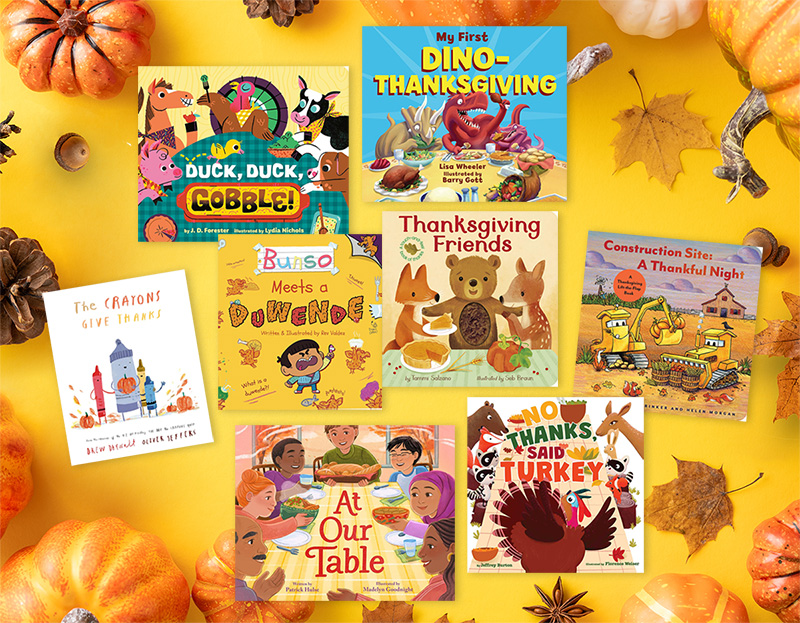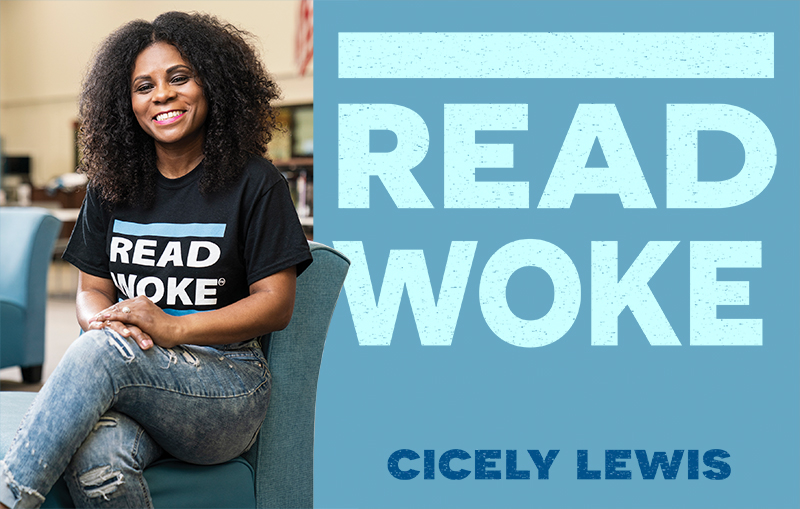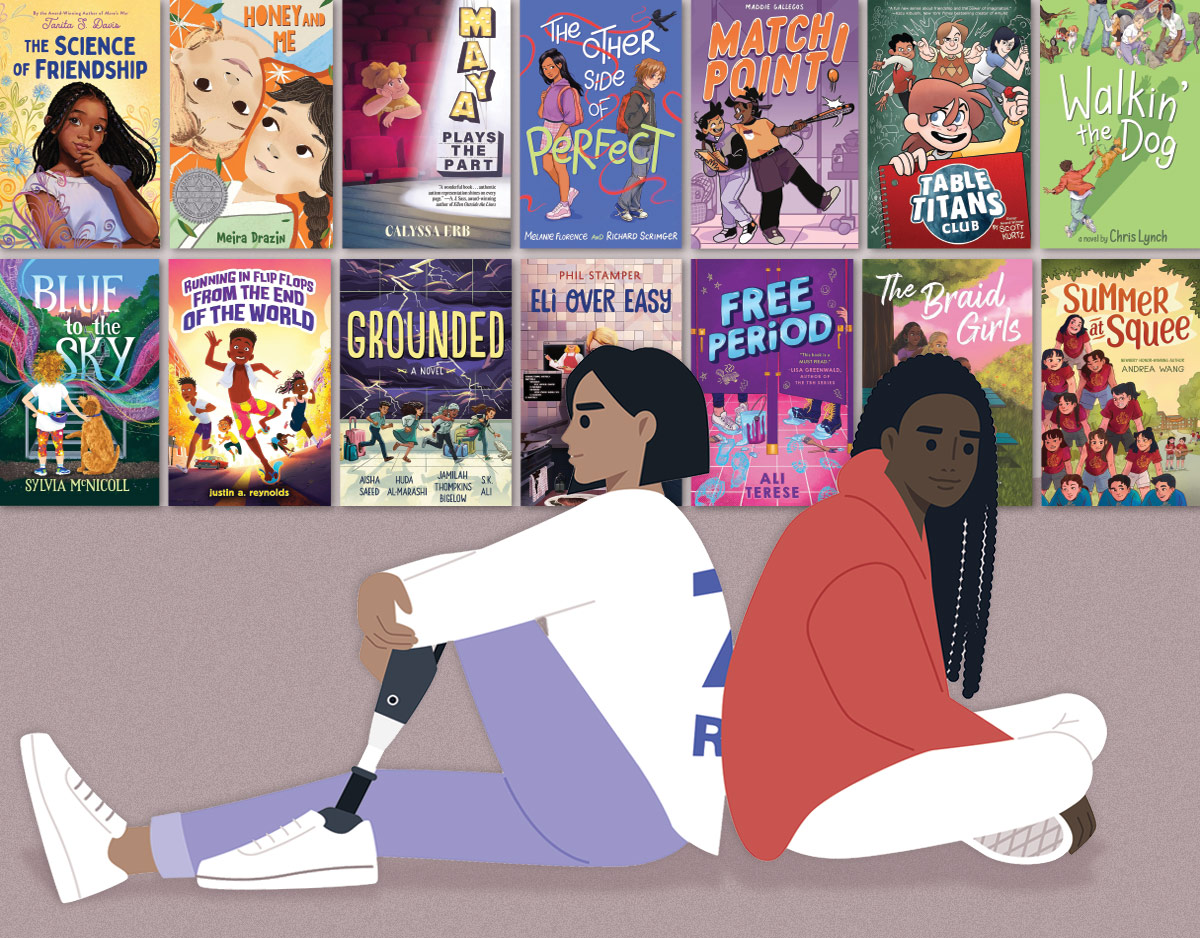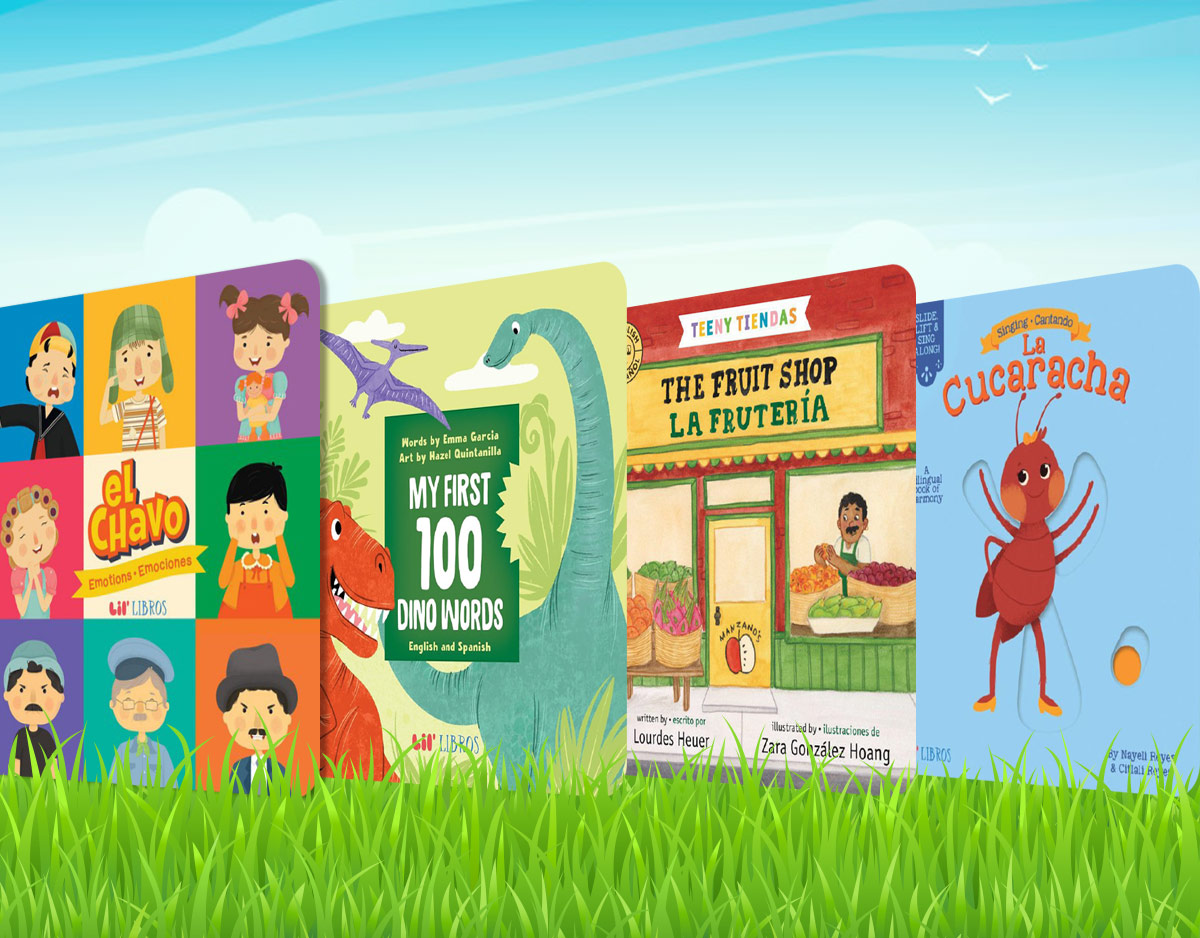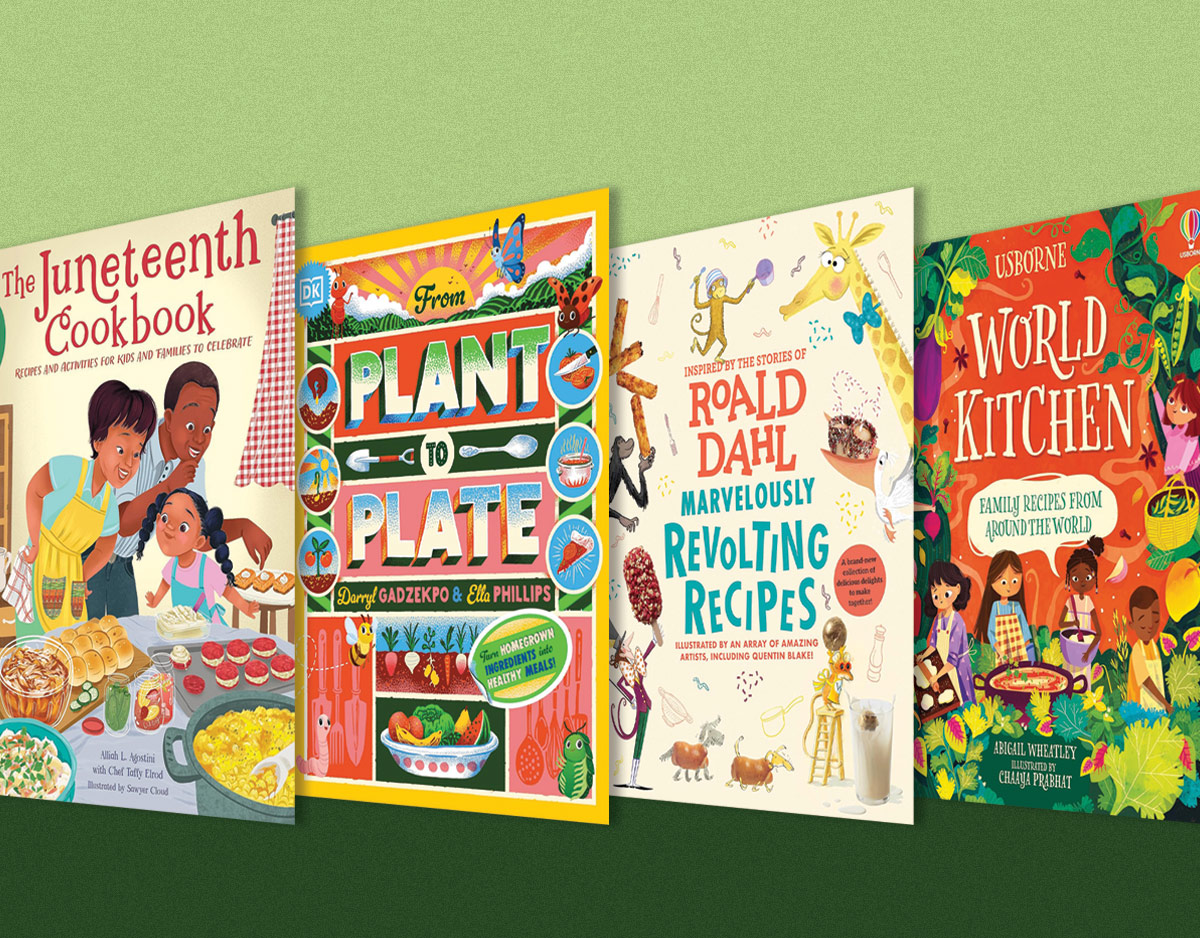Banned Book Week: Skirting Skippyjon for Latinx Kid Lit
Overview

It’s Banned Books Week 2020! As described on the official Banned Books Week (BBW) website, this week “brings together the entire book community — librarians, booksellers, publishers, journalists, teachers, and readers of all types — in shared support of the freedom to seek and to express ideas, even those some consider unorthodox or unpopular.” Each year, well in advance of BBW, the Office of Intellectual Freedom of the American Library Association (ALA) released a list of the most challenged books in the preceding calendar year. As described by the ALA’s Banned and Challenged Book website, “A [book] challenge is an attempt to remove or restrict materials, based upon the objections of a person or group. A banning is the removal of those materials.”
Reflection
We begin this entry with a reflection on the ALA’s release of last year’s list of the Top 11 Most Challenged Books of 2018 . Following the trends of previous years, seven of the 2018 book challenges were for content that affirms and humanizes queer youth and their families. Of the four titles on the list that do not contain queer-inclusive content, two were challenged for sexual references, violence, and profanity and one was challenged for addressing teen suicide. The one other book on the list was an anomaly. Ranked as the eighth most challenged book of 2018, was the first winner of the American Booksellers Association’s E.B. White Read Aloud Award. Judy Schachner’s picturebook series Skippyjon Jones, in which a Siamese cat identifies as a Chihuahua, was admonished for its offensive tropes and stereotypes of Mexican people and the Spanish-speaking community.
ADVERTISEMENT
ADVERTISEMENT
Children’s literature and Chican@ studies scholars like Carmen Martínez-Roldán and Dolores Inés Casillas have long criticized Schachner’s misrepresentation of Latinx peoples, language, and culture. School Library Journal readers noticed problems years ago, too. “No quiero Skippyjon Jones,” is the title of a letter penned by Dianne Daucher, a biracial Latina. In the September 2008 issue of SLJ, Daucher writes that Skippyjon Jones “is only funny to white Americans who aren’t thinking.” She asks, “How would this book be received if Skippyjon Jones wanted to be a neurotic poodle that happened to be Jewish? If he were saying little stereotypical phrases in Yiddish, how would that sound and look?… It would be racist” (p. 8).
With that said, we recognize that the First Amendment of the U.S. Bill of Rights guarantees all of us the right to speak freely and the right to a free press. The government cannot prevent the production of books that engage in parody at the expense of minority groups. Moreover, if there’s a market for such titles, publishers are free to capitalize on the sales opportunities. Case in point, Skippyjon Jones plush toys and gift sets are readily available to ship from Amazon.com right now.
The appearance of Skippyjon Jones on the list of Most Challenged Books of 2018 points to readers’ awareness of the racism that underlies linguistic- and cultural-parodies in children’s material as illustrated through the words and actions of Skippyjon’s alter-ego, El Skippito. In response to the popularity of books like these, it is essential to combat the harmful tropes and stereotypes they reinforce.
Teaching Ideas / Invitations for Your Classroom
Note: The teaching ideas and invitations below are designed to support anti-bias teaching. They add to the many resources identified in recents posts of The Classroom Bookshelf about educating ourselves about anti-racist curriculum and confronting anti-Black racism in middle grade literature.
Expand the Classroom Library. Add recently published books that introduce students to contemporary realistic fiction and nonfiction by and for Latinos/as. Being in the middle of National Hispanic Heritage month, take advantage of the latest recommendations for outstanding children’s books that celebrate the humanity of the Latinx community. If possible, flood the classroom with these texts. By providing realistic representations of Latinos/as, children will have the resources to begin to critique the baneful antics of El Skippito, should they exercise their First Amendment rights to read Skippyjon Jones. Alternatively, for a different cat-and-dog series, be sure to check-out Gary Soto and Susan Guvera’s classic Chato series, which was recently highlighted in SLJ by Betsy Bird.
ADVERTISEMENT
ADVERTISEMENT
Take Stock of Your Book Selection Process. As educators, the books we select for our classrooms matter. Everyday, we make choices about which books and materials to introduce to our students. In the words of the National Coalition Against Censorship, “the decision about what to use in the classroom should be based on professional judgments and standards, not individual preferences.” With that said, we must ask ourselves a range of questions about our decision-making processes for selecting books:
- What is my personal process for identifying books for classroom use?
- What are the professional standards that guide my selection of materials for classroom instruction?
- What factors inform my professional judgment and evaluation of materials for children?
- How do I assess if I have adequate background knowledge to evaluate certain books? How do I know my assumptions are accurate?
- How have/will I navigate parents’ and/or community members’ views about my book selection and rejection?
- How do I evaluate whether or not a book is meeting my objectives for the classroom?
- How do I determine the presence of bias in books and materials for children?
Adopt a Protocol for Evaluating Books. When it comes to resources for analyzing the presence of bias in children’s books, one place to start is the National Center on Cultural and Linguistic Responsiveness publication, “Selecting and Using Culturally Responsive Children’s books.” This downloadable document includes a reproducible book-evaluation worksheet and a list of resources for further reading about culturally responsive literature for youth. Another starting point is the Social Justice Books website, which also includes a guide for selecting anti-bias children’s books and features the video series, Freedom Reads: Anti-Bias Book Talk Series.
Discuss the Most Challenged Book Lists. During Banned Books Week, it can be helpful to remember that acts of attempted censorship do not occur in isolation. They are associated with cultural contexts that drive the book challenges (e.g., Kidd, 2009). For an overview of banned book patterns between 2001 – 2018, visit SuperSummary’s webpage on Banned Books in America. For data on the most challenged books and trends of 2019, visit the ALA’s Banned and Challenged Book website.
The list of Most Challenged Books in 2019 is deeply disheartening. Eight out of ten (80%) of the titles celebrate the lifes and humanity of queer youth and queer families. These books merit all of our attention as they are important counternarratives to anti-queer rhetoric across the U.S. Conversely, books that promote misinformation do not appear anywhere in the top-ten list of most challenged books in 2019. Use the Challenged Book data as a springboard for discussing the reasons different people and groups engage in attempted-censorship. As educators, we have the agency to encourage our students to read challenged and banned books that affirm the varied lived experiences of all members of society and the responsibility to recognize the presence of culturally-demeaning content in the materials we select for our classrooms.
Resources for Latinx Literature for Children
SLJ – Latinx luminaries: Picturebook biographies featuring Latinx superstars
SLJ – 37 Kidlit and YA titles to celebrate Hispanic Heritage Month
Latinxs in Kid Lit: https://latinosinkidlit.com/
¡Colorin colorado! (Hispanic Heritage Booklists)
Vamos a Leer: Teaching Latin America through Literacy
Latinx Literature Book Awards
Tomás Rivera Mexican-American Children’s Book Award
Filed under: Book Lists, Classroom & Curricular Ideas, Picture Books
About Denise Davila
ADVERTISEMENT
ADVERTISEMENT
SLJ Blog Network
Zachariah OHora on PBS
Cover Reveal and Q&A: Dusti Bowling’s Latest – The Beat I Drum (Apr 2025)
Girlmode | Review
The Seven Bills That Will Safeguard the Future of School Librarianship
Read Rec Rachel: New YA Releases for November and December 2024
Gayle Forman Visits The Yarn!
ADVERTISEMENT



